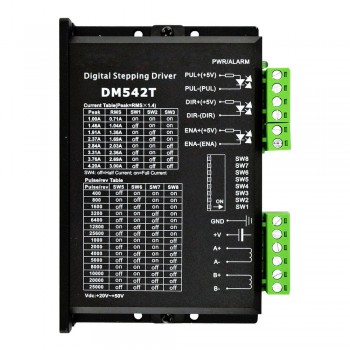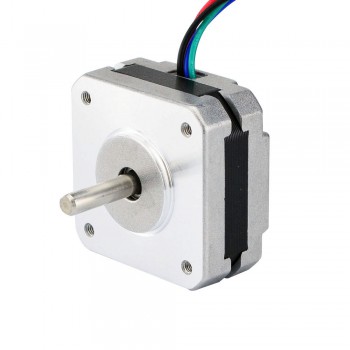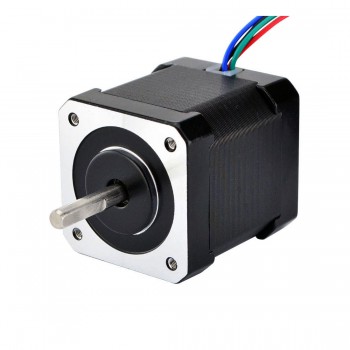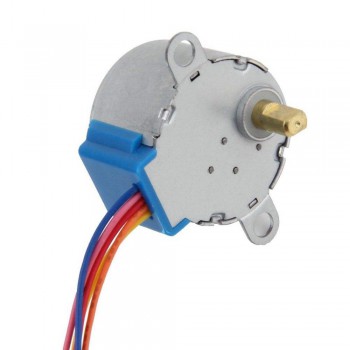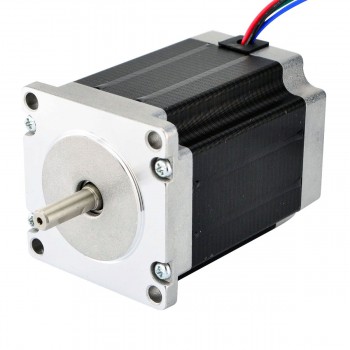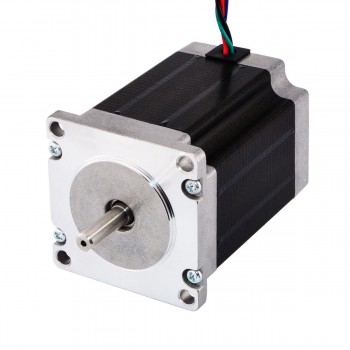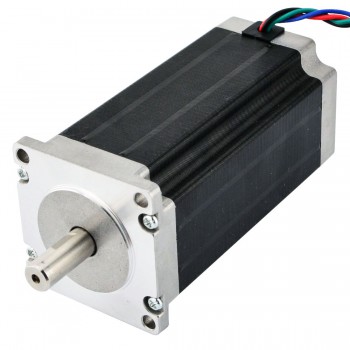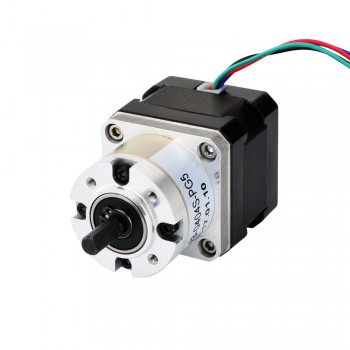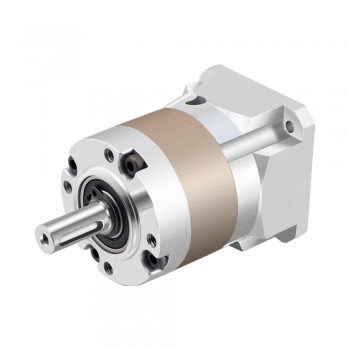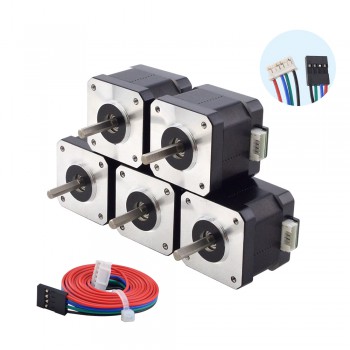Brief introduction of the digital stepper drives
A motor driver is a little current amplifier; the function of motor drivers is to take a low-current control signal and then turn it into a higher-current signal that can drive a motor. Motion Control Products now offers the NEW range of 2-phase digital microstepping drives known as the range. The digital stepper motor driver is based on a powerful 32-bit controller, having a large number of features including low stepping noise, anti-resonance, low speed ripple smoothing, which results in low motor heating. Motor noise is actually reduced by a massive 70% over analogue technology. The range sees widespread use in application areas such as packaging machinery, and its engraving & cutting machines, pick-and-place devices and textile equipment. And analog stepper driver is the latest digital stepper motor driver that allows user to set any subdivision within 16 and any current value within 3.5A, so as to fulfill applications of most fields. Features low noise and heat generating, stable performance, this stepper motor driver is widely used for small to medium sized automation equipment like carving machines, cut-off machines, some other machines and more.
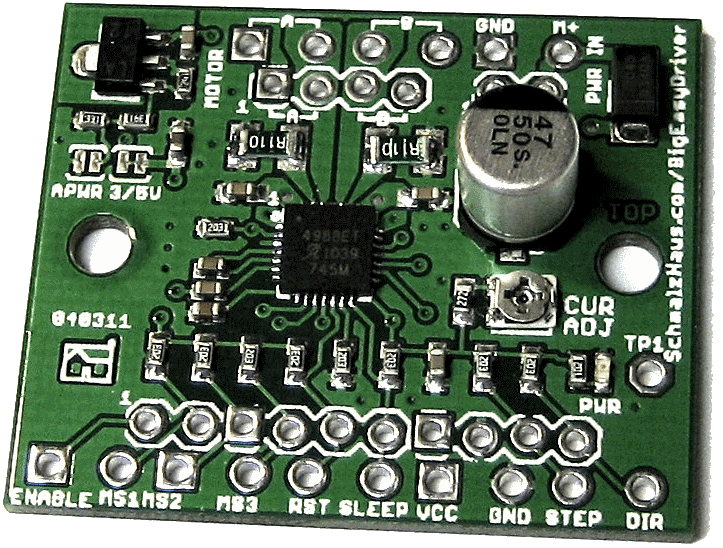
Types of Motor Drivers---There are many different kinds of motor drivers. At Future Electronics we stock many of the common types categorized by maximum supply voltage, maximum output current, rated power dissipation, load voltage, packaging type and number of outputs. The parametric filters on our website can help refine your search results depending on the required specifications.The common values for maximum supply voltage are 36 V and 52 V. We also carry motor drivers with supply voltage up to 450 V. The number of outputs can be between 1 and 12, with the common motor drivers having 1, 2 or 4 outputs.

Motor Drivers from Future Electronics---Future Electronics has a full programmable motor driver selection from several chip manufacturers that can be used for a motor driver IC (integrated circuit), bipolar stepper motor driver, H bridge motor driver, servo motor driver, DC motor driver, brushless motor driver or for any circuit that may require a motor driver. Simply choose from the motor driver technical attributes below and your search results will quickly be narrowed in order to match your specific motor driver application needs. If you have a preferred brand, we deal with several semiconductor manufacturers among others. You can easily refine your motor driver product search results by clicking your preferred motor driver brand below from our list of manufacturers. In all cases, we have an electric motor that has wires coming out of it. At any one instant, the motor controller connects each wire to either the Hi voltage on the + side of the battery, or to the Lo voltage on the - side of the battery, or neither. When we tell the motor controller to make the motor go "forwards" or "backwards" or "fast" or "slow", the motor controller changes which wire is connected to which end of the battery (or not connected at all). Some motor controllers switch the connections thousands of times per second in some modes. Each possible state (one bridge driving current one way, the other way, or free-floating) of both bridges gives 4 "full steps", 4 "half-steps" between the full steps. The "microstepping" motor controllers use PWM to gradually change in a sine-wave-like manner from adjacent full-steps and half-steps. It appears that most modern small electric aircraft, such as multi-rotor helicopters, use so-called "brushless DC motors", each one driven by its own "BLDC ESC".
Previous:Fundamental details of a bipolar stepper motor
Next:What is the theory of stepper motors?

